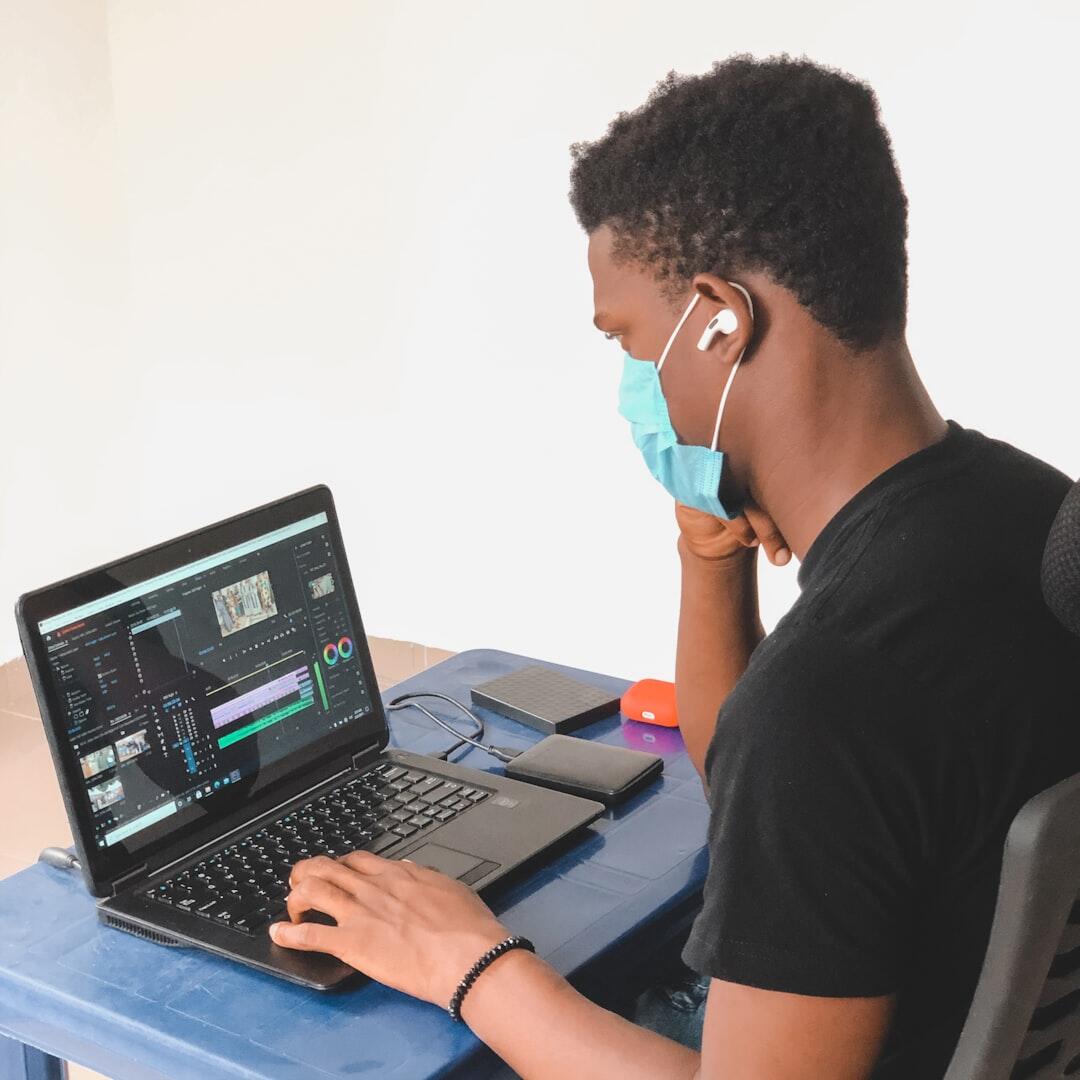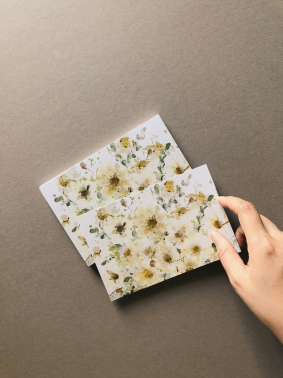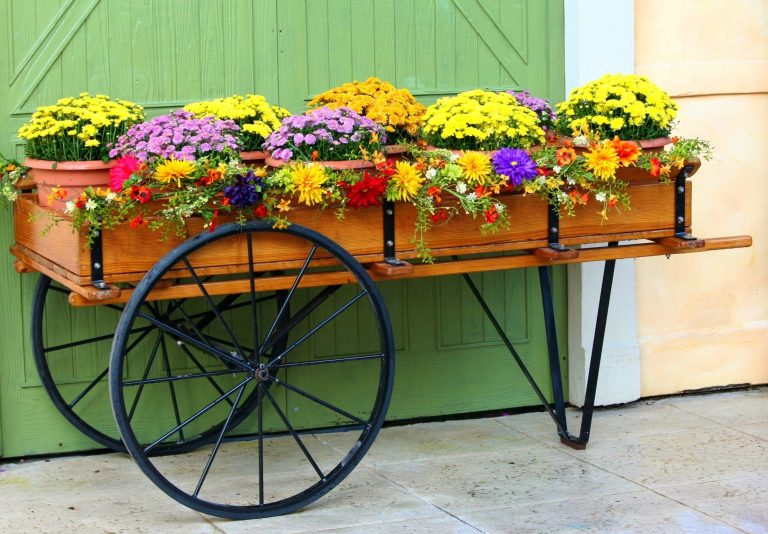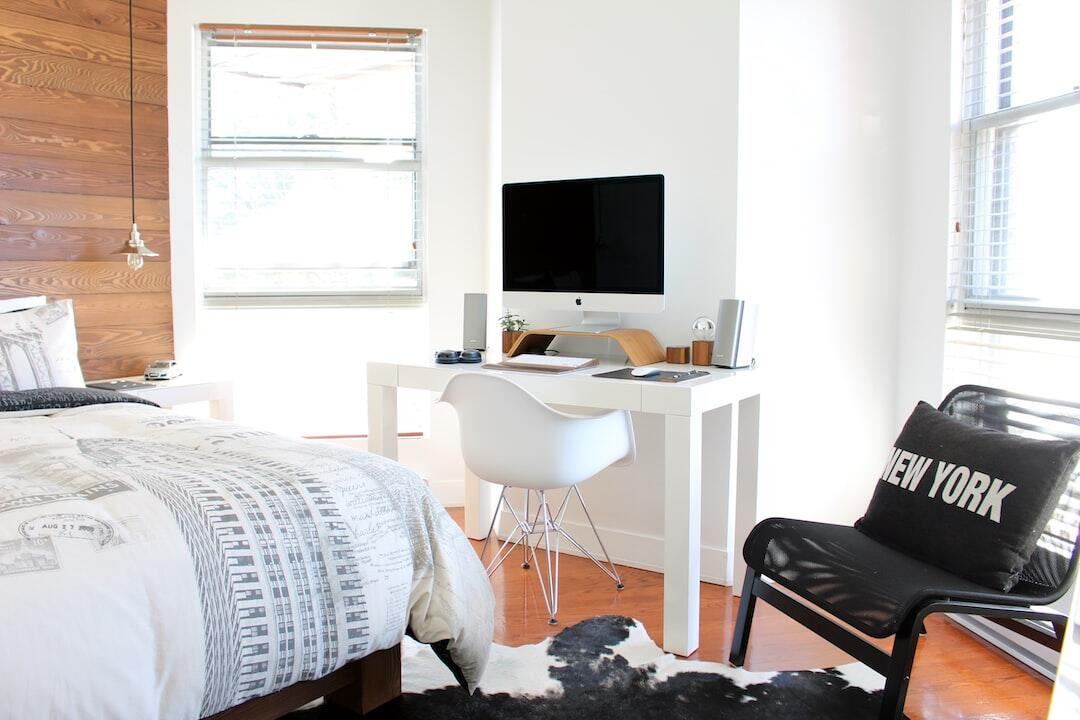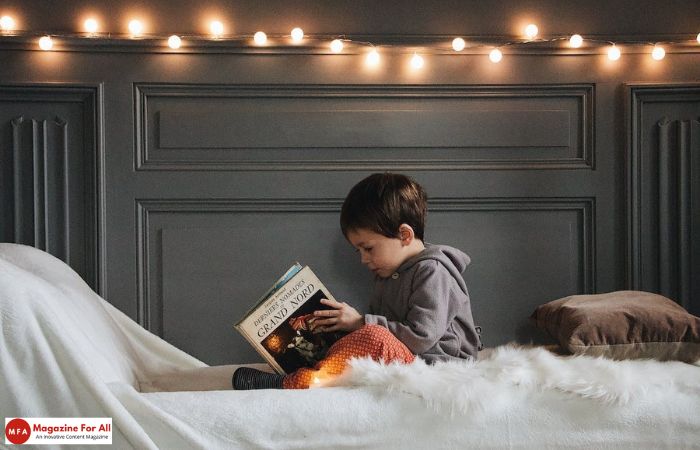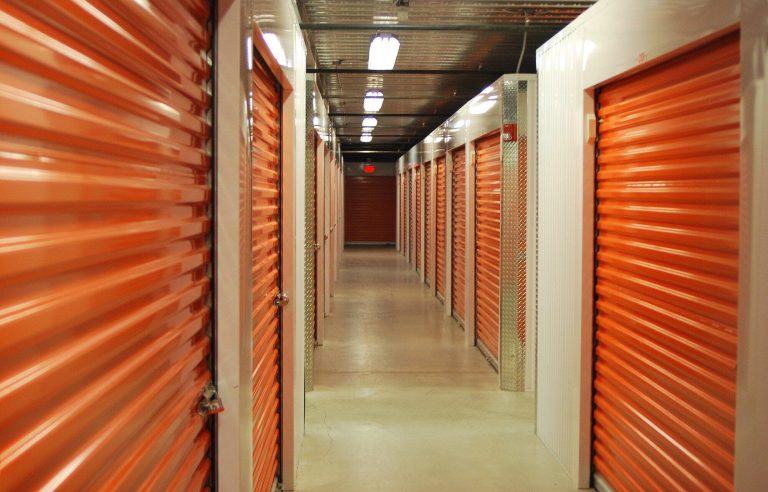As parents, we intuitively understand the importance of providing a nurturing and safe environment for our children. However, we often overlook the significance of giving children their own personal space. This space, whether it’s a room or a dedicated corner, contributes profoundly to their psychological development. When children have their own space, they learn to appreciate solitude, develop their imagination, and nurture their independence. Furthermore, it fosters a sense of ownership and responsibility, helping them develop crucial life skills. In this article, we will delve into six practical tips to help you create that important space for your child, ensuring their growth and well-being.
Table of Contents
School Storage
Designate a specific area for school supplies and study materials. This can be a desk with drawers, a set of shelves, or even a storage box. Having a central location for school-related items instills a sense of responsibility in children to maintain their space, and can also foster a positive attitude towards studies. Additionally, it keeps the room tidy and clutter-free, promoting a serene environment conducive to concentration and creativity. For instance, school storage units can also double as an art station or a space for hobby materials, making them multifunctional and versatile. On the flip side, if your child’s room does not have space for a desk, consider investing in a foldable or portable study table that can be stored away when not in use. For smaller spaces, a wall-mounted desk is an excellent space-saving solution.
Utilize Vertical Space
Consider using the walls for storage. Install floating shelves or hooks where your children can store and display their favorite items. This not only saves floor space but also adds a personal touch to the room. Vertical storage options are also great for keeping clutter off the floor and making it easier to clean and organize. Another fun idea is to use a pegboard on the wall where your child can hang their school bags, jackets, or even art supplies. This encourages them to stay organized and teaches them valuable life skills such as time management and prioritization. When children have a designated place to put their belongings, it eliminates the need for constant reminders and promotes independence. Moreover, vertical storage options can also serve as a decorative element in the room, adding character and personality.
Invest in Multi-functional Furniture
For instance, a bed with drawers underneath provides additional storage for toys or clothes. A desk can also serve as a crafting table. Look for furniture pieces that are versatile and can serve multiple purposes, especially in smaller spaces. This not only maximizes the use of space but also adds an element of fun and creativity to the room. Additionally, when buying new furniture, involve your child in the decision-making process. Allow them to choose their own bedspread or chair color, giving them a sense of ownership over their space. Furthermore, this can be a fun bonding activity for both parent and child. Involving children in the process also helps them understand the value of investing in quality items that can last for a long time. In certain cases, you can also consider repurposing old furniture to save money.
Flexible Layout
Opt for a flexible room layout that can be easily adjusted. Avoid heavy, bulky furniture that’s hard to move. Instead, opt for lightweight and modular pieces that can be rearranged or repurposed as needed. This not only allows children to adapt their space to fit their changing needs but also encourages them to be creative with their environment. Additionally, a flexible layout makes it easier for parents to clean and maintain the room without having to move heavy furniture around. On top of that, it can also save you money as your child grows and their interests change, the room can be modified without the need for new furniture. Moreover, a flexible layout also promotes a sense of adventure and exploration, as children can easily move around and make their own space for various activities.
Personalize the Space
Decorate the room according to your child’s interests. Let them choose the color scheme, wall art, and other accessories. Personalizing the space makes it more appealing and comfortable for your child. It also gives them a sense of pride and ownership over their environment. For instance, if your child loves music, you can incorporate musical elements into the decor, such as hanging an acoustic guitar on the wall or displaying vinyl records. If they enjoy sports, add a mini basketball hoop or soccer goal to their room. These personal touches not only make the space unique but also reflect your child’s personality and interests. These spaces will not only spark their creativity but also make them feel at home and content in their own space.
Regular Decluttering
Regularly sorting through their belongings and getting rid of unnecessary items helps maintain a clean, spacious environment. Moreover, explain to your children the concept of donating gently used items to those in need, instilling a sense of compassion and empathy. Set up a designated decluttering day with your child and make it a fun activity by playing music or turning it into a game. This not only keeps the room tidy but also teaches valuable life skills such as responsibility, organization, and generosity. For younger children, involve them in the decluttering process by asking them to choose toys or clothes they no longer play with or wear. This also helps parents understand their child’s interests and preferences, making it easier to personalize their space in the future.
Creating space for your child is not just about making room physically but also mentally. It is a crucial aspect of their overall development and well-being. By following these six helpful tips, you can create an environment that fosters independence, creativity, and organization in your child while giving them the comfort and security they need to thrive. Remember, it’s never too early or too late to start making space for your child, so why not start today? So go ahead and start creating that special space for your child, and watch them grow into confident, self-sufficient individuals. From school storage to personalized decor, there are endless possibilities to make your child’s space truly their own.
Related Post: How Can You Plan a California Road Trip With Kids?




